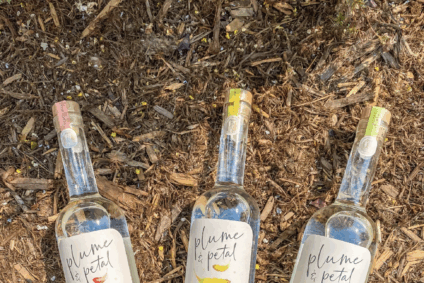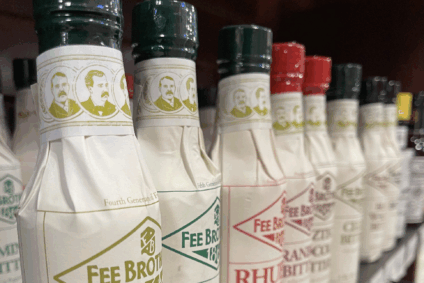A Beginners Guide to Brewing Your Own Beer!!
Beer brewing is an age-old craft that transforms four simple ingredients—water, malt, hops, and yeast—into a wide variety of flavorful beverages. Whether you’re interested in homebrewing or simply want to understand the process, this guide will walk you through the basics of beer brewing, covering each step of the journey from grain to glass.
1. The Key Ingredients
Water: Water makes up the majority of beer and can greatly influence its taste. The mineral content and pH levels can impact brewing chemistry, affecting the flavor and mouthfeel of the final product. Many brewers treat their water to match specific beer styles, such as soft water for lagers or mineral-rich water for ales.
Malt: Malted barley, or “malt,” provides the fermentable sugars necessary for alcohol production. During the malting process, barley grains are soaked in water, allowed to germinate, and then dried in kilns. Different levels of roasting produce various malt types, contributing flavors ranging from sweet, biscuit-like notes to rich chocolate or roasted coffee tones. Some recipes may also incorporate adjunct grains like wheat, rye, or corn for unique characteristics.
Hops: Hops are the flowers of the hop plant, known for their bittering, flavoring, and aromatic properties. They balance the sweetness of the malt with bitterness and impart a range of flavors, from citrusy and floral to piney or herbal, depending on the variety. Hops also serve as a natural preservative.
Yeast: Yeast is responsible for fermentation, the process of converting sugars from malt into alcohol and carbon dioxide. Ale yeast (top-fermenting) and lager yeast (bottom-fermenting) are the two primary strains, each producing distinct flavor profiles. Yeast also contributes subtle esters and phenols, creating fruity or spicy notes depending on the strain.
2. The Brewing Process
Step 1: Malting and Milling
The brewing process begins with malted barley, which must be milled to break open the grain’s husk. This exposes the starches, making it easier to extract fermentable sugars during the mash. Proper milling ensures a balance between efficient sugar extraction and preserving the husk to act as a natural filter.
Step 2: Mashing
Milled grains are mixed with hot water in a process called mashing, typically taking place in a mash tun. During mashing, heat activates enzymes in the malt, converting starches into sugars. This sugar-rich liquid, called wort, is then drained from the mash, leaving behind spent grains.
Step 3: Lautering and Sparging
Lautering is the process of separating the wort from the grain bed. Sparging involves rinsing the spent grains with hot water to extract as much sugar as possible. The resulting wort is collected in a brew kettle.
Step 4: Boiling
The wort is brought to a boil, and hops are added at different stages. Hops added early in the boil contribute bitterness, while those added later provide flavor and aroma. The boiling process sterilizes the wort, evaporates unwanted volatile compounds, and extracts hop compounds. This step usually lasts 60 to 90 minutes.
Step 5: Cooling and Fermentation
After boiling, the wort is rapidly cooled to a temperature suitable for fermentation. It is then transferred to a fermenter, and yeast is added (or “pitched”). Fermentation can last anywhere from several days to a few weeks, depending on the style and type of yeast used. During this time, yeast consumes sugars and produces alcohol, carbon dioxide, and flavor compounds.
Step 6: Conditioning and Maturation
Once fermentation is complete, the beer undergoes conditioning, a process where it matures and develops its final flavor profile. This step can take a few weeks or even months. Some beers are conditioned in kegs, barrels, or bottles.
Step 7: Carbonation
Carbonation can occur naturally during fermentation or by injecting carbon dioxide into the beer. Proper carbonation enhances the drinking experience, providing the beer with its characteristic fizz and mouthfeel.
Step 8: Packaging and Enjoying
Finally, the finished beer is packaged in bottles, cans, or kegs, ready to be enjoyed. Proper sanitation and storage help maintain freshness and flavor.
Brewing Tips for Beginners
Sanitation is Key: Contamination can ruin your beer. Ensure all equipment is thoroughly sanitized.
Start Simple: Begin with a basic recipe and gradually experiment with different malts, hops, and yeasts.
Monitor Fermentation: Keep an eye on fermentation temperature and times, as they significantly impact the final flavor.
Brewing beer is a rewarding blend of science and creativity, offering endless possibilities for experimentation. By understanding the basic process and essential ingredients, you can craft beers that reflect your unique taste preferences, one batch at a time.

